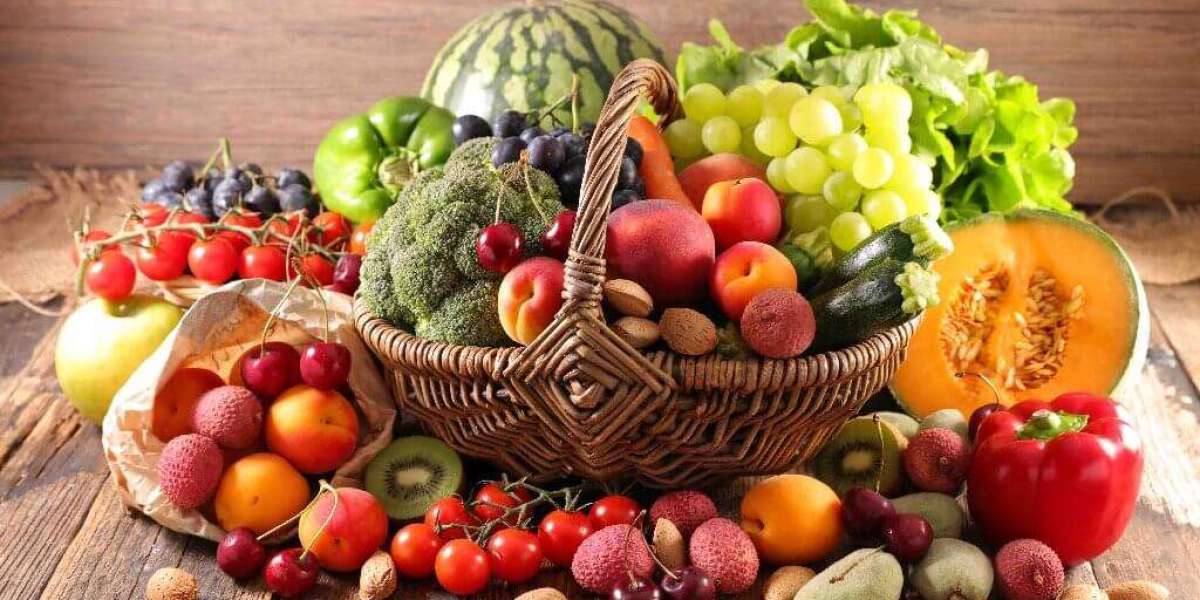Vegetables aren't just a boring side dish – they're a vibrant orchestra of flavors, textures, and essential nutrients that form the foundation of a healthy diet. But beyond the familiar carrots and broccoli lies a hidden world waiting to be explored. This comprehensive blog delves into the fascinating world of vegetables, from their humble beginnings to their starring roles on your plate.
Part 1: A Vegetable Odyssey: A Look at Different Types
The plant kingdom offers a diverse array of edible parts, categorized as vegetables:
- Root Vegetables: These grow underground and offer a hearty, earthy flavor. Examples include carrots, potatoes, beets, turnips, and parsnips.
- Stem Vegetables: The edible stem of the plant takes center stage here. Celery, asparagus, rhubarb, and kohlrabi fall into this category.
- Leaf Vegetables: Leafy greens are a powerhouse of vitamins and minerals. Lettuce, spinach, kale, swiss chard, and collard greens are some popular choices.
- Bulb Vegetables: These vegetables develop as a thickened underground stem, often with a layered structure. Onions, garlic, shallots, and leeks are some key players.
- Flower Vegetables: We eat the immature flower buds of these plants. Examples include broccoli, cauliflower, and artichokes.
- Fruit Vegetables: While technically fruits (containing seeds), these are treated as vegetables in culinary terms. Tomatoes, peppers, eggplants, and avocados fall into this category.
Part 2: Unveiling the Colors of the Rainbow on Your Plate
Vegetables come in a stunning array of colors, each with unique health benefits:
- Red & Orange: Rich in antioxidants like beta-carotene, these vegetables promote good vision and healthy skin. Think tomatoes, bell peppers, sweet potatoes, and carrots.
- Yellow & Green: Lycopene and lutein, found in yellow and green veggies, contribute to eye health and boost the immune system. Examples include corn, zucchini, summer squash, and leafy greens.
- Purple & Blue: Anthocyanins, the pigments in these vegetables, have anti-inflammatory properties and support heart health. Explore eggplants, purple sweet potatoes, and red cabbage.
- White & Brown: Don't underestimate these neutral-colored veggies! They often contain dietary fiber, crucial for gut health. Look for cauliflower, potatoes, onions, and mushrooms.
Part 3: Beyond the Supermarket: Exploring Heirloom and Seasonal Produce
Move beyond the typical supermarket fare and dive into the world of heirloom vegetables. These are open-pollinated varieties, often with unique shapes, colors, and flavors, passed down through generations. Farmers' markets offer a great opportunity to discover seasonal options, bursting with freshness and supporting local agriculture.
Part 4: Cooking with Confidence: Vegetable Preparation Techniques
Unlocking the full potential of vegetables requires mastering some basic preparation techniques:
- Washing and Cleaning: This removes dirt, debris, and potential bacteria. Rinse vegetables thoroughly under running water.
- Chopping: Different cuts like dice, julienne, or slices yield different textures and cooking times.
- Roasting: Roasting intensifies sweetness and caramelizes natural sugars. Perfect for root vegetables, broccoli florets, and Brussels sprouts.
- Sautéing: A quick cooking method ideal for leafy greens, asparagus, and julienned bell peppers.
- Steaming: Preserves the vibrant colors and nutrients of vegetables like cauliflower, green beans, and carrots.
- Grilling: This adds a smoky flavor and caramelized edges to vegetables like corn on the cob, zucchini slices, and bell pepper halves.
Part 5: Global Vegetable Delights: A Culinary Journey
Vegetables are a fundamental ingredient in cuisines worldwide. Let's explore some culinary highlights:
- Mediterranean: Think Greek salads with tomatoes, cucumbers, olives, and feta cheese, or vibrant ratatouille from France.
- Asian: Stir-fries bursting with vegetables are a staple, while kimchi (fermented cabbage) adds a spicy touch to Korean cuisine.
- Indian Subcontinent: Lentil curries, aloo gobi (potato and cauliflower dish), and vegetable pakoras (fritters) showcase the versatility of vegetables in Indian cooking.
- Latin America: Guacamole, made with avocados, is a classic appetizer, while Mexican fajitas often feature grilled bell peppers and onions.








